Touring El Raval in Barcelona
categories: europe travelAfter our first day in Barcelona, I was falling in love with this Spanish city. Over the course of five days, we visited every major site in Barcelona and had hundreds of pictures to prove it. On our last day, we were ready to get beyond the most popular sites and see one of the Barcelona neighborhoods not as well known by tourists: El Raval.
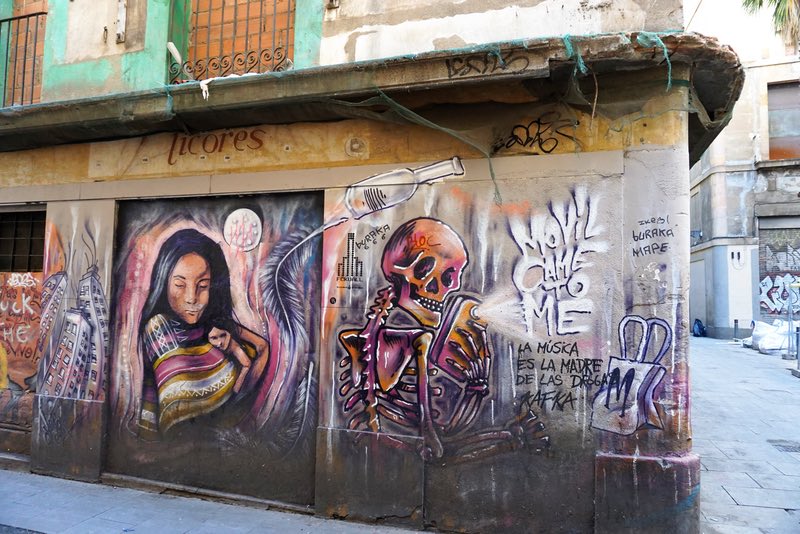
All cities have their affluent sections which tell one story, but they also have their grittier, poorer sections that tell quite another. In Barcelona, El Raval is a grittier section with a reputation for crime, prostitution, and drugs.
To help guide us in our exploration we opted for an audio tour offered through an app called Detour. This company prides itself on offering unique city tours and unusual narrators. Our El Raval narrator was Ben Brooks, a young, English author who has lived in the area for several years. He used his own experiences combined with those of two other El Raval authors, Jean Genet and Roberto Bolano, to recount the area’s history for the past century.
El Raval or the Raval is next to the busiest and most touristy area in Barcelona called Las Ramblas. The contrast between these two sections is fairly stunning. We walked one block west from Las Ramblas and found ourselves in front of a condemned apartment building that is fully occupied by squatters. Next to this building are the ruins of a famous brothel. On the other side of the street is a former bath house built during the Napoleonic era as a result of the residents’ poor hygiene habits.
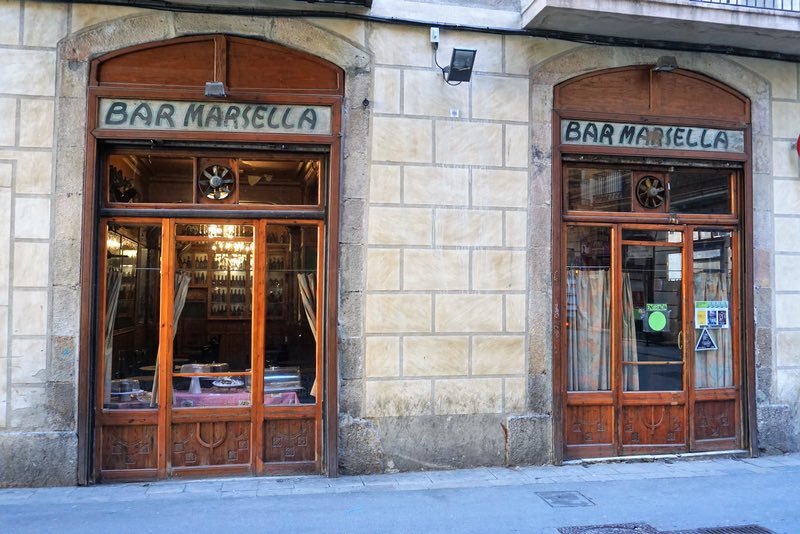
The audio tour guided us a bit further down the same road to the oldest bar in Barcelona, Bar Marsella. This establishment is famous both for its serving of absinthe as well as its clientele of authors and artists like Hemingway, Picasso, and Gaudi. The square across from the bar has a history of attracting drug dealers and their clients. One block in the opposite direction is a non-profit organization serving the homeless in the area with food and clothing. Needless to say, this is not a part of town I’d recommend visiting after dark and I was thankful to have Jason with me for this tour. It’s also an area popular with pickpockets, so we kept a close eye on our valuables.
To focus only on the darkest part of the Raval would be unfair and our audio tour did a nice job of presenting a balance. Like the grittier sections of most cities, this area is more affordable and therefore attractive to recent immigrants. Overall Barcelona boasts a diverse population, but nowhere in the city is that more apparent than in the Raval where there are a wide variety of ethnic stores, markets, and restaurants. As a result, the popularity of dining and shopping in this area is growing for both locals and visitors.
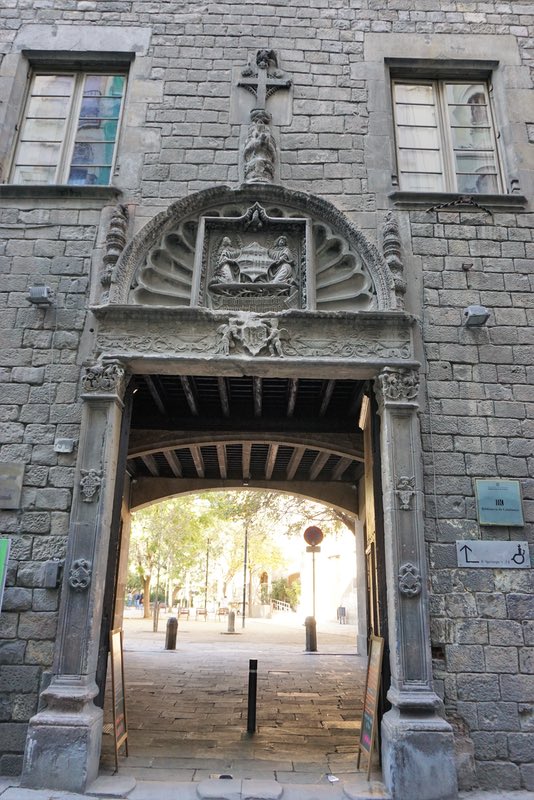
Hospital de la Santa Creu
In recent years the city government of Barcelona has tried to “clean-up” this part of town through crime reduction efforts and economic development. So far it appears to be working. The second part of our tour took us to the less seedy part of the area where it’s easy to find boutique hotels, hip coffee shops, and trendy shops. At one time the hospital for the poor, Hospital de la Santa Creu, was located in The Raval. After closing and falling into disrepair it has since been renovated and now serves as the home for several libraries as well as the Institute of Catalan Studies.
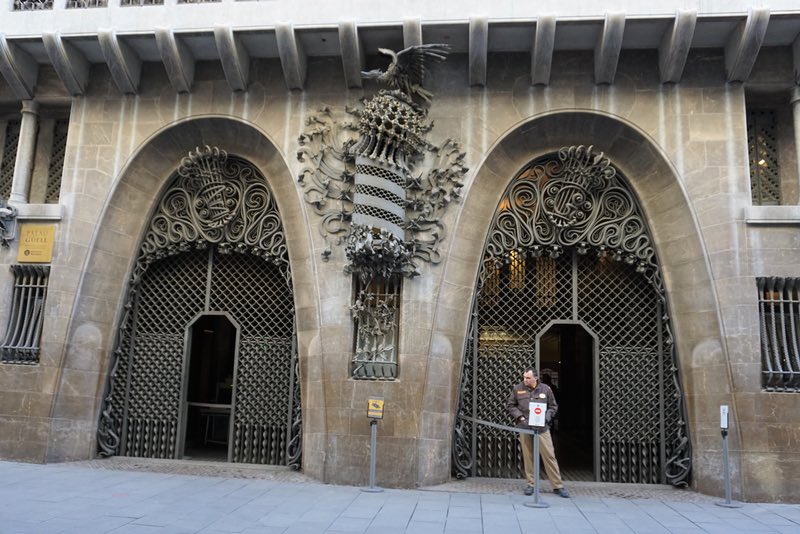
Palau Guell
Alongside its history of crime, prostitution, and drugs, the Raval has simultaneously been a hotbed for art and artists in Barcelona. Artists found this area to be both more affordable and more tolerant. The French author and poet, Jean Genet, spent many years here since as a gay man he was ostracized in his home country as well as other parts of Barcelona. One of Gaudi’s first commissions, Palau Guell, is located in the Raval, just bordering Las Ramblas. In 1995 the Museum of Contemporary Art of Barcelona opened here and more recently was joined by the film archive, FilmoTeca Catalunya.
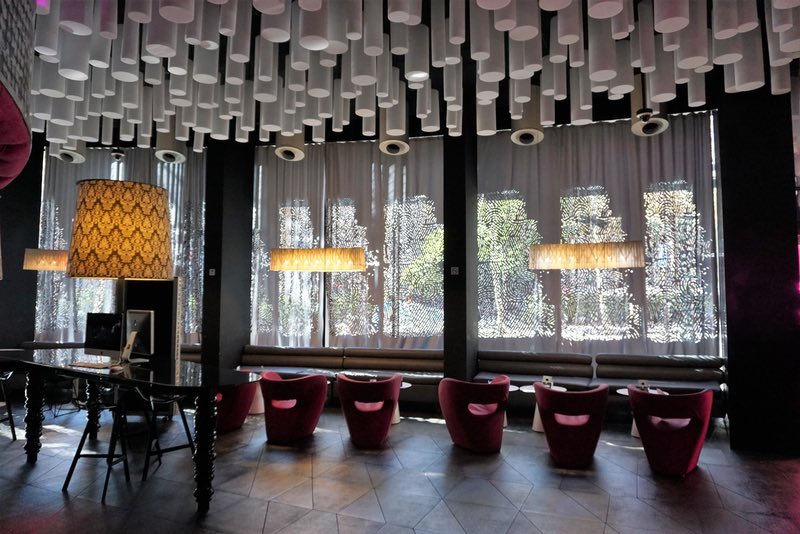
Boutique Hotel in El Raval
 Exploring the Raval through our Detour app took about two hours and significantly expanded our understanding of Barcelona. The poor, recently arrived, less conventional and artistic citizens of the city often chose (or were forced) to live and work here. Despite its small size, the Raval has had an outsized influence on the rest of the city. From here immigrants became established and successful and moved to other areas. Some of the artists and authors became household names throughout Spain and beyond. And more recently locals and visitors are discovering its unique history and culture.
Exploring the Raval through our Detour app took about two hours and significantly expanded our understanding of Barcelona. The poor, recently arrived, less conventional and artistic citizens of the city often chose (or were forced) to live and work here. Despite its small size, the Raval has had an outsized influence on the rest of the city. From here immigrants became established and successful and moved to other areas. Some of the artists and authors became household names throughout Spain and beyond. And more recently locals and visitors are discovering its unique history and culture.
We began our week with a tour of the Gothic Quarter and visiting some of the best-known sites in Barcelona. These are the sites on which guidebooks and Facebook photos are based. We ended with a fascinating tour of El Raval which allowed us to learn about the lesser-known sites and their sometimes dark history. The combination provided us a more balanced and nuanced understanding of one of the world’s great cities.
Editor: For another day trip idea from Barcelona consider a day trip to Montserrat.
Leave a Reply
Tags: article, audio tour, barcelona, catelonia, day tour, spain, walking tour

 Travel to Barcelona, Spain – Episode 122
Travel to Barcelona, Spain – Episode 122 Late night lockout in Barcelona
Late night lockout in Barcelona 5 Free Attractions to Visit in Barcelona
5 Free Attractions to Visit in Barcelona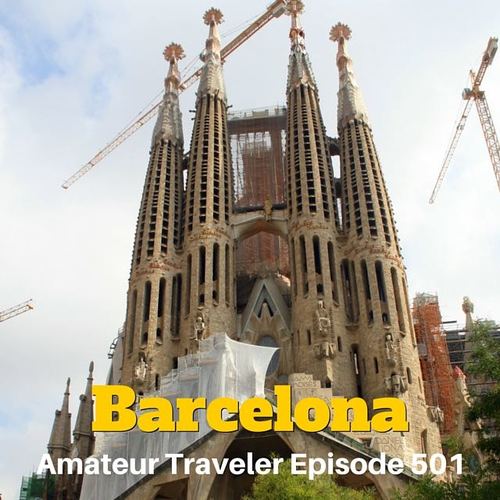 Travel to Barcelona, Spain – Episode 501
Travel to Barcelona, Spain – Episode 501

